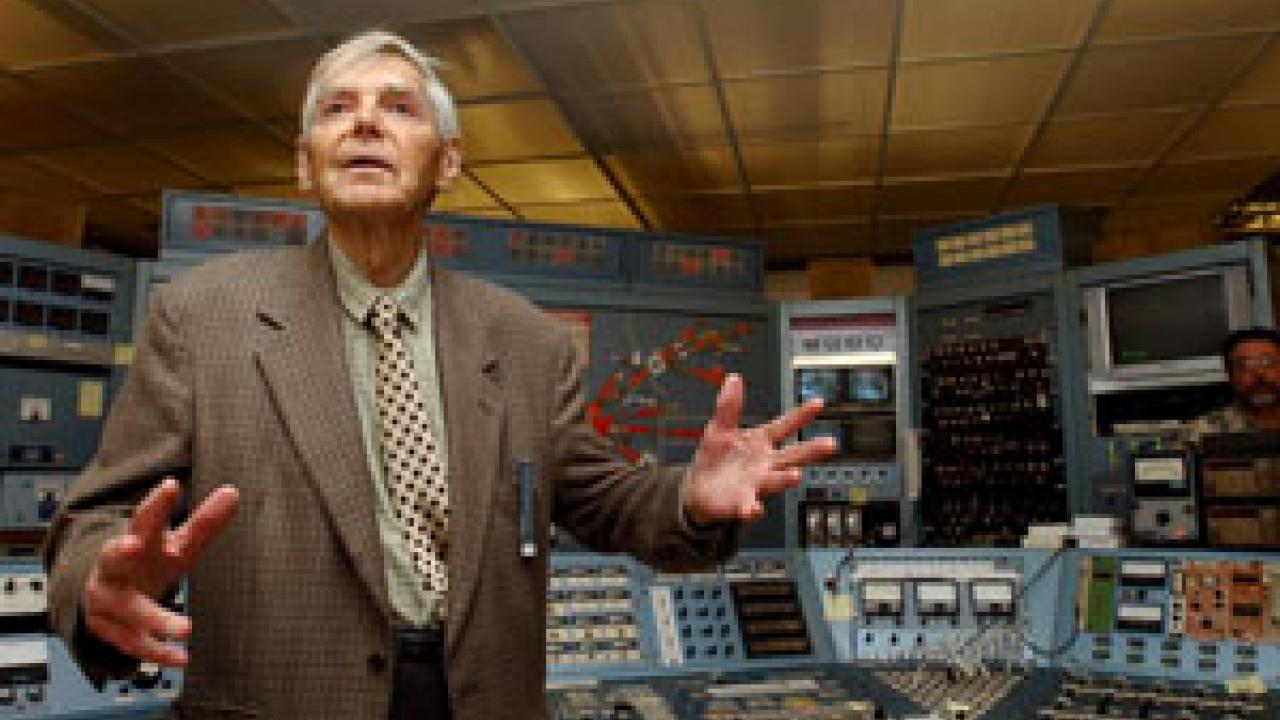Last Friday, Crocker Nuclear Laboratory personnel hosted a man who helped lay the foundation that has enabled almost four decades of groundbreaking research at the lab.
James Moore, along with 17 relatives and friends, took a tour of the campus's cyclotron -- a machine that Moore, 92, had a hand in creating.
In 1937, Moore, of Moore Shipyard in Oakland, worked with cyclotron inventor Ernest Lawrence -- namesake of Lawrence Berkeley National Laboratory -- to fabricate large parts of a 60-inch cyclotron to be housed at UC Berkeley. In 1966 the particle accelerator was moved to the Crocker lab and enlarged to 76 inches.
Last week Moore presented the lab with a limited-edition history of Moore Shipyard and in return was given a DVD with footage of the cyclotron's construction.
"This machine deserves some kind of plaque honoring its significance and great importance," Moore said, noting his belief in the promising future of nuclear technology.
The cyclotron's main research and clinical uses at present include air quality analysis, testing how satellite electronic components hold up under the kinds of radiation they would encounter in space, and cancer treatment.
The lab has been working for several years to track air quality in national parks, using the particle accelerator to analyze samples collected from parks across the United States, Puerto Rico and Hawaii. The cyclotron's proton beam also helps analyze air quality samples taken from the Central Valley during various harvest seasons -- to identify potential health risks. In addition cyclotron-generated beams are used to treat malignant eye tumors in cancer patients. And in the past the machine also has been used to authenticate antiquities and books.
Eight campus departments use the machine for research, including atmospheric science and agricultural chemistry.
The cyclotron wasn't always so widely used, though. "When I started in 1971, this lab was strictly a physics environment," said current lab director Bob Flocchini. "Over the years, we've moved into other fields. The whole idea of Crocker was to integrate physics and biological sciences, and that has culminated in these projects." -- By Mike Sintetos
Media Resources
Amy Agronis, Dateline, (530) 752-1932, abagronis@ucdavis.edu
